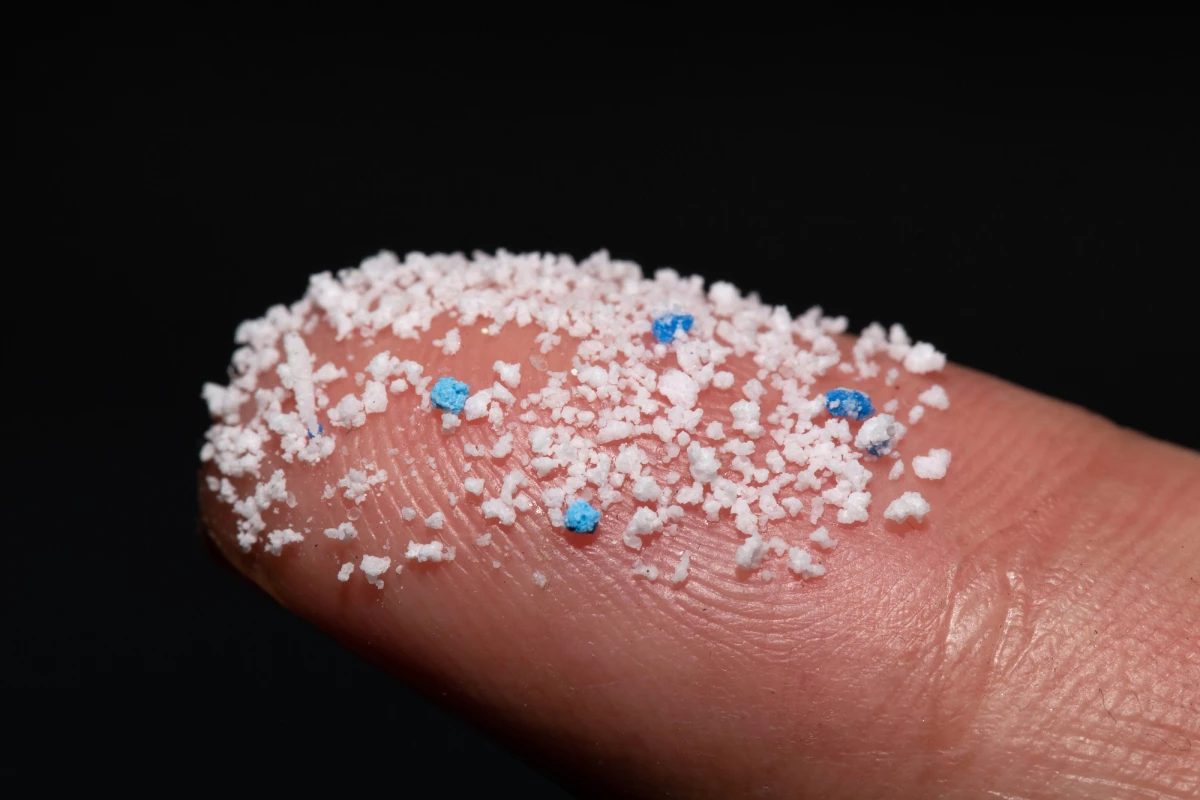A growing body of research has started to illuminate the widespread impacts of plastic pollution, and the downstream effects of it on the environment and human health. A new study has delved into the kind of damage microplastics can cause to human lungs, with researchers observing changes to the shape of lung cells and a slowdown in their metabolism when exposed to these tiny plastic particles.
The research was carried out at Florida State University (FSU) and focuses on small fragments of plastic waste that have broken down in the environment. In the past few years, we've seen these microplastics turn up in Antarctic sea ice, near the summit of Mt Everest, in snowfall in the Arctic, and in human stool samples collected all around the world.
At the same time, scientists have started to investigate how these tiny particles can impact the health of various organisms, with studies finding they can cause aneurysms in fish, impair shell selection in hermit crabs and build up in plants to stunt their growth. The World Health Organization also launched a health review into the microplastics in bottled drinking water, while in separate but related research last week, plasticizers used in BPA-like plastics were found to likely cause alarming damage to brain cells.
For this latest study, the FSU team set out to investigate the health risks of inhaling and ingesting these small particles, by carrying out experiments on human lung cells in a Petri dish that were subjected to environmental concentrations of polystyrene particles. After only a few days, the scientist began to observe some strange changes take pace, finding that the plastic particles caused the cells' metabolism to slow down and hampered their proliferation and growth.
“Microplastics didn’t kill the cells, but the cells were definitely not acting normal,” says study author Kerestin Goodman.
The plastics also caused the lung cells to decluster, which created gaps in what would normally be a continuous, solid sheet of cells. Additionally, the team found that the particles were actually taken up by the cells to form a ring around the nucleus in the cell.
“We saw this attraction to the nucleus happening after only 24 hours and so now we really want to look at why are these pieces going there and what’s happening once they get there,” says Goodman.
Exploring these effects on the nucleus is one of the goals of the research team moving forward, along with exploring what the long-term health effects could be for people with respiratory conditions. They note that one of the shortcomings of the study was that the experiments didn't directly replicate the process of breathing these particles in and out, with the particles instead directly exposed to the cells in a liquid solution. Nonetheless, the results raise interesting questions for further study.
“We don’t want to overstate the harmful effects of microplastics on human health,” says study author Qing-Xiang “Amy” Sang. “The reason plastics are widely used is because they’re good materials for industry, construction, medical and research supplies, and consumer products. But there may be some long-term undesirable effects that could be especially detrimental to growing babies and people with lung diseases. We need to investigate so we have a better understanding of the potential cost to human health.”
The research was published in the journal Chemical Research in Toxicology.
Source: Florida State University




